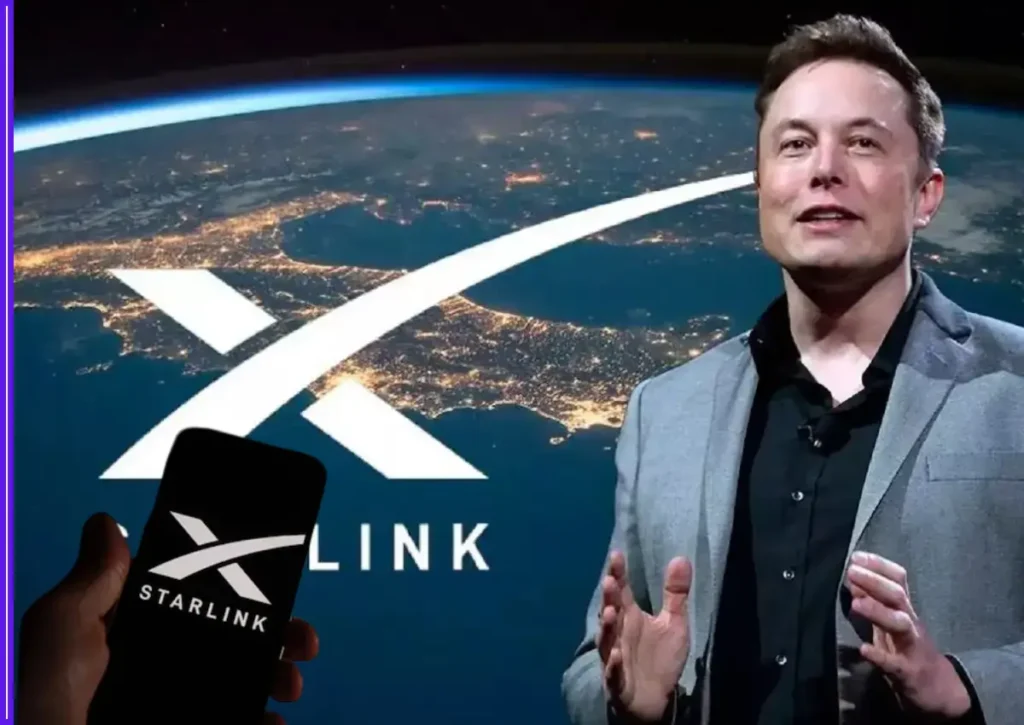India has cleared the way for Elon Musk’s satellite internet venture, Starlink, to begin operations in the country. After months of regulatory delays and discussions, Starlink Satellite Communications Pvt Ltd has received the final go-ahead from India’s space regulator, the Indian National Space Promotion and Authorization Center (IN-SPACe). This approval allows the company to offer satellite-based broadband services using its low Earth orbit (LEO) satellite constellation.

According to reports, Starlink has been granted a five-year license to use its first-generation satellite system, which includes over 4,000 satellites already in orbit. The approval follows earlier permissions from the Department of Telecommunications (DoT), which had issued Starlink licenses to operate as a Global Mobile Personal Communication by Satellite (GMPCS) provider, along with permits for VSAT and internet service operations in India.
With this clearance, Starlink joins the list of companies officially allowed to provide satellite internet in India. It will now compete with Bharti Group-backed Eutelsat OneWeb and Reliance Jio’s joint venture with SES, which are also preparing for commercial rollout of similar services. These developments mark a major shift in India’s approach to satellite connectivity, particularly in regions where traditional broadband infrastructure remains inadequate.
Although Starlink is now legally permitted to offer services, it cannot begin commercial operations until spectrum allocation is finalized. The Telecom Regulatory Authority of India (TRAI) had earlier recommended that spectrum for satellite services should be assigned administratively, not through auctions. The Department of Telecommunications is expected to issue final spectrum guidelines in the coming weeks.
Industry insiders suggest that spectrum charges may include either four percent of adjusted gross revenue or a fixed fee of ₹3,500 per MHz per year. Additionally, providers offering satellite services in urban areas may be required to pay ₹500 per subscriber annually, as per TRAI’s proposal. These financial terms, once finalized, will define the business model for companies like Starlink.
The approval is seen as a potential game-changer for digital connectivity in India, especially in underserved regions such as remote villages, border areas, and hilly terrains. Starlink’s LEO satellites offer low-latency, high-speed internet, which can be deployed without laying extensive fiber-optic cables or relying on mobile towers. The company has also hinted at targeting enterprise, maritime, aviation, and government clients before scaling to individual consumers.
However, there are challenges. The cost of Starlink’s hardware kit, which includes a dish and modem, may range between ₹20,000 and ₹35,000. This could make it less accessible to average households, especially when traditional broadband services in India are priced as low as ₹500 per month. Industry observers believe that to succeed in the Indian market, Starlink may need to lower its pricing or partner with local firms for distribution and customer support.
Reports suggest that Starlink is already in talks with Indian telecom operators like Airtel and Jio for infrastructure sharing, retail presence, and possibly even bundling its services with existing telecom offerings. While no official confirmation has been provided, such collaborations could help Starlink scale faster once the spectrum is awarded.
The timing of Starlink’s entry is also notable. India is investing heavily in digital public infrastructure and aims to bring high-speed internet to every village by the end of the decade. With the government’s push for satellite-based communications as part of its Digital India vision, companies like Starlink are expected to play a key role in achieving last-mile connectivity.
If everything proceeds as planned, satellite internet services could begin rolling out in India by late 2025 or early 2026. Starlink’s next steps include establishing ground infrastructure such as satellite gateways, completing security audits, and complying with data localization norms under Indian law.
This final clearance marks the end of a long regulatory journey for Starlink in India. The company had originally opened pre-bookings for its services back in 2021 but was asked to halt commercial activity due to lack of necessary licenses. Since then, it has worked with Indian authorities to meet all compliance requirements, including registering a local subsidiary and submitting technical documentation to space and telecom regulators.
Starlink’s global mission is to deliver reliable internet to hard-to-reach places using a constellation of LEO satellites that orbit much closer to Earth than traditional geostationary systems. This allows for lower latency and faster response times, making the service especially useful in areas with poor connectivity or during disaster situations.
India, with its vast geography and regional disparities in digital access, is considered a high-potential market. If spectrum issues are resolved quickly and pricing is made accessible, Starlink could emerge as a strong alternative to fiber and mobile networks in the years to come.









